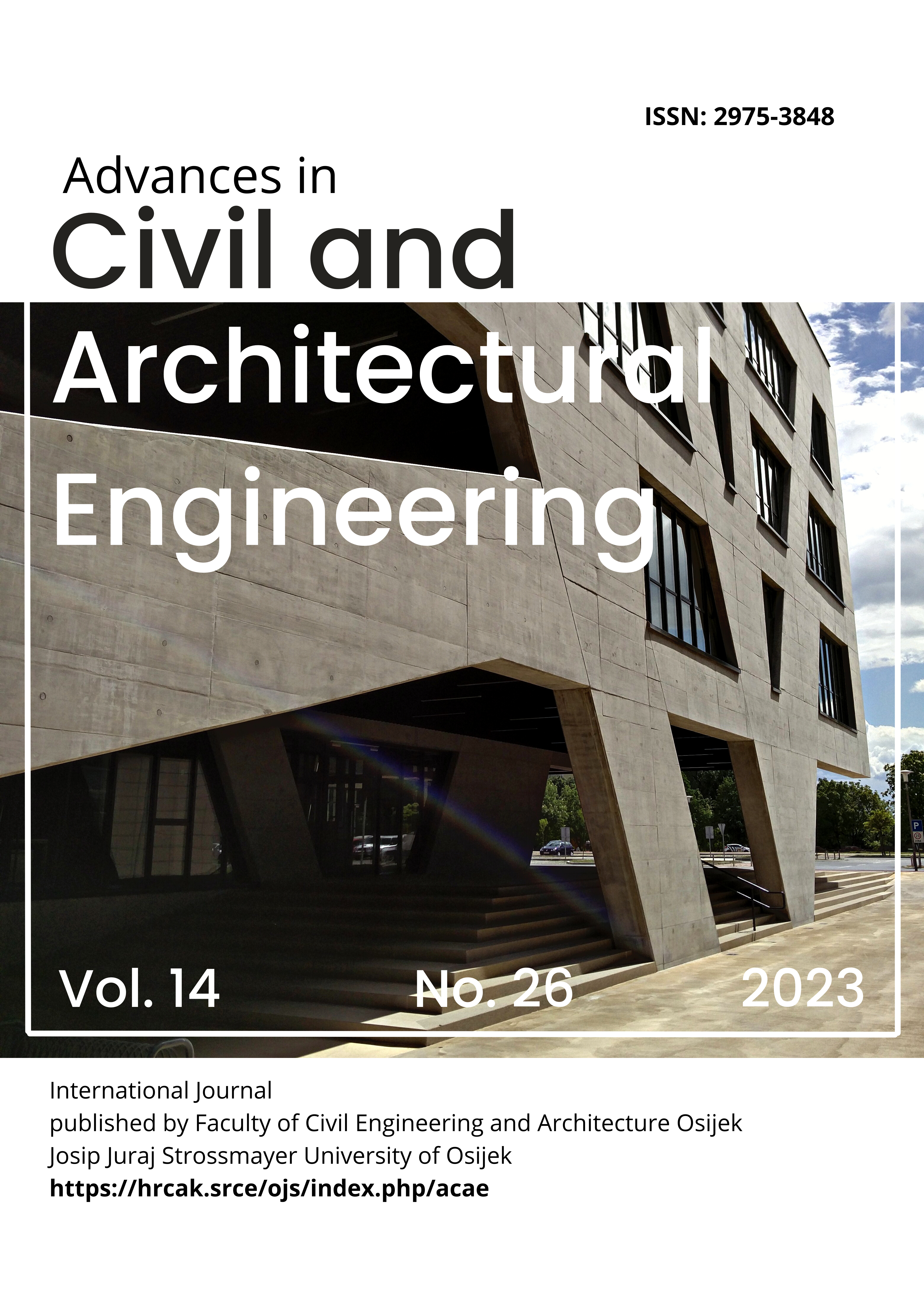COMPREHENSIVE REVIEW ON HYDROPHOBIC MODIFICATION OF CONCRETE: PROGRESS AND PERSPECTIVES
DOI:
https://doi.org/10.13167/2023.26.10Keywords:
Cement, Concrete, Permeability, Durability, Waterproof, HydrophobicAbstract
The inherent nature of concrete is porous, hydrophilic, and microcracked, making it susceptible to water penetration into its matrix. This is the primary source of durability concerns. Furthermore, this type of penetration leads to considerable issues for concrete structures, resulting in significant financial burdens due to regular repairs and maintenance and a reduction in the structure's lifespan. In this study, the properties, uses, and advancements of hydrophobic concrete are investigated, focusing on durability, corrosion resistance, and sustainability. The various types and techniques for producing hydrophobic concrete are explored. Additionally, the paper presents the impacts of hydrophobic treatment on concrete properties such as compressive strength, water absorption, and permeability. Potential applications of hydrophobic concrete, including use in bridges, tunnels, and marine structures, are also discussed. The review concludes by examining the benefits, challenges and limitations of hydrophobic concrete technology, including aspects like cost-effectiveness, compatibility with other construction materials, and potential environmental repercussions. In summary, this review highlights the potential of hydrophobic concrete to transform the construction industry by offering enduring and sustainable solutions to water-related issues.
Downloads
Published
How to Cite
Issue
Section
License
Copyright (c) 2023 Japneet Sidhu; Pardeep Kumar

This work is licensed under a Creative Commons Attribution 4.0 International License.

